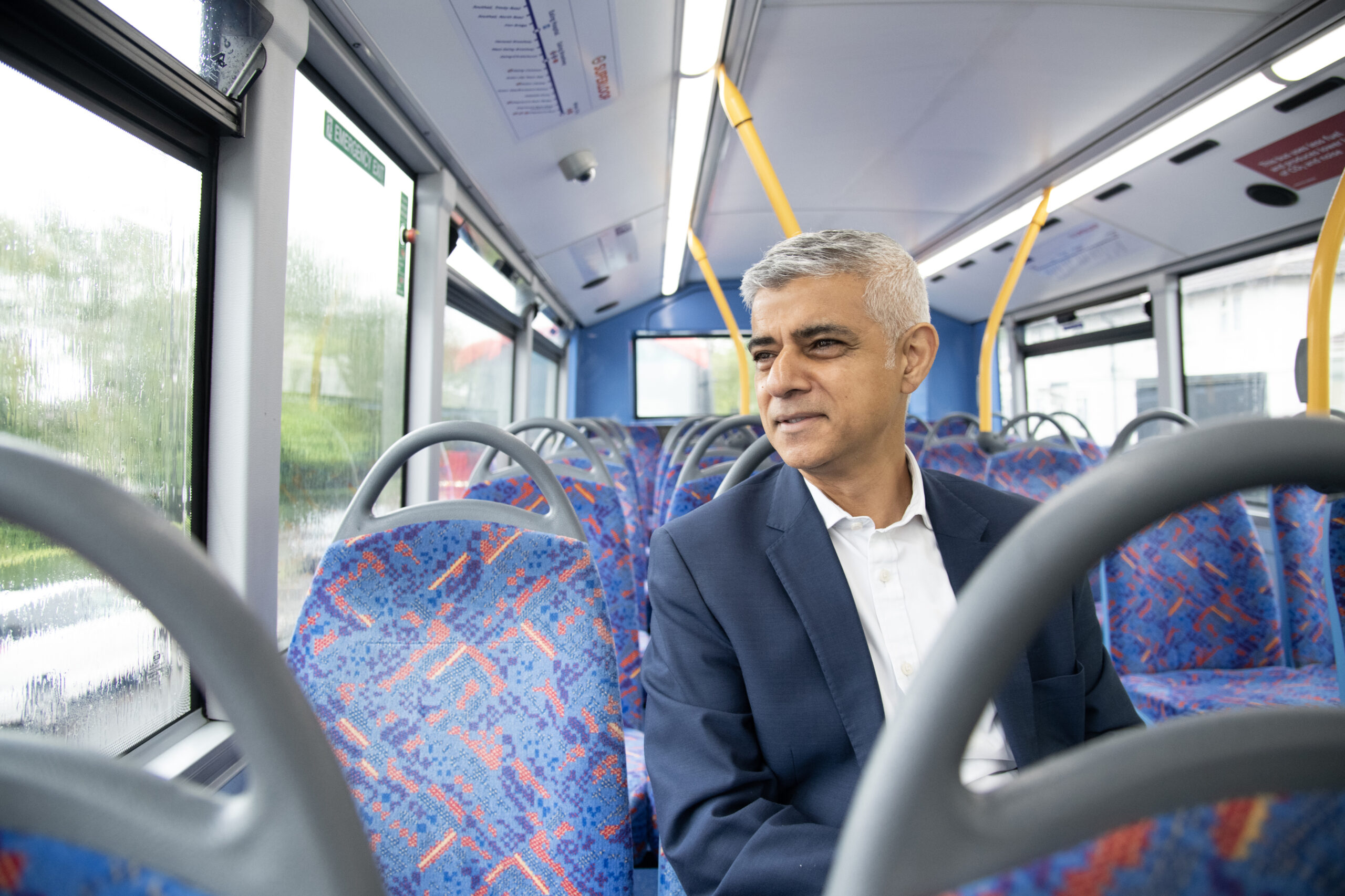The Department for Work and Pensions has confirmed that Kevin Cunnington’s role of director-general for business transformation will not be replaced following his move to the Government Digital Service.
Whitehall has been urged not to lose sight of digital – Photo credit: Fotolia
Instead, some of Cunnington’s responsibilities will transfer to Mayank Prakash, currently director general for digital technology at DWP, while others will be farmed out across the department.
A DWP spokeswoman told PublicTechnology that Prakash’s new role would be titled chief digital information officer and that it would cover digital, design, enterprise, IT, data and security.
She said that details of what would happen to other aspects of Cunnington’s work – which also included oversight of the business transformation strategy and promoting equality – were still being ironed out, but that they would be distributed across other directorates in the department.
Related content
Mark Dearnley to leave HMRC in ‘day of the digital long knives’
The Commercial Imperative
Cunnington was named as the new director general of GDS on Monday, in a move that saw the surprise departure of Stephen Foreshew-Cain after only nine months leading GDS.
The news follows the Home Office’s decision to merge its technology and digital units – leading to the departure of chief digital officer Norm Driskell – and the announcement that HMRC’s chief digital officer Mark Dearnley will be stepping down when his contract ends in September.
Dearnley’s departure has been seen as a particular blow to HMRC’s progress towards replacing its £10bn Aspire IT contract, and followed calls from the Public Accounts Committee to ensure consistent leadership on the project.
Chairwoman Meg Hillier told PublicTechnology that HMRC now had to ensure that it had a “clear plan for this this hugely important programme” and could recruit “a strong and experienced programme manager”.
State of flux
The moves have led commentators to urge the government not to lose sight of its ambitions for digital change across Whitehall, with former Cabinet Office minister and GDS architect Francis Maude saying that nothing should be done to threaten the “central authority” of the service.
Carrie Bishop, co-director of FutureGov – a digital and design company for public services – said that GDS had done excellent work but had “made enemies early on, and the civil service has a long memory”.
“It wouldn’t have been possible to make as much headway as they did without some strong leadership and a centralised function, but it needed to do more to ensure its longevity beyond the departure of its charismatic leaders,” she said.
More broadly speaking, Bishop said that the wider changes “feel like an inevitable move in these turbulent times”.
She said it seemed like the civil service was “retreating back to what it knows in a bid to provide some stability – it’s almost a law of physics that not all part of government can be in flux at the same time”.
David Walker, former managing director of public reporting at the Audit Commission, agreed, saying that the politics behind the changes in Whitehall digital leadership reflected changes in ministerial ranks.
“Whitehall digital depended heavily during the Coalition on Francis Maude and more recently on [former Cabinet Office minister] Matt Hancock, both of whom in different ways relied on backing from [then-Chancellor] George Osborne,” he said.
“Hancock certainly bought into the idea that you could and should simultaneously shrink and modernise the state. Digital offered a way of doing both – lowering the cost of processing and making citizen’s relations with government more market like.”
Following the vote to leave the European Union and the subsequent change in Conservative party leadership and reshuffle, Walker said that it was no longer clear which ministers are “carrying the flag for digitisation”.
Daniel Thornton, programme director at the think-tank the Institute for Government, agreed that it was not clear what new prime minister Theresa May’s feelings were on digital.
“Broadly speaking, there’s a big question mark over whether the new government leadership is committed to digital as George Osborne and David Cameron were,” he said.
‘No conspiracy’
However, Thornton said that he didn’t buy into the idea that there is a conspiracy to cut GDS down to size, as was suggested by deputy Labour leader Tom Watson earlier this week.
“It’s normal for there to be a tension between the centre and departments,” Thornton said. “Stephen had a constructive approach to this and I’m sure Kevin will too.”
For Thornton, the digital reshuffle is indicative of a wider challenge – that of “keeping good digital people in government”.
“Doing digital in government is hard,” he said. “If you’re digital in a bank, then you’re core to operations and people take you seriously. In government, digital directors don’t always feel that way.”
Bishop echoed these sentiments, saying that she was “concerned for all the great digital and design talent” that remains in GDS and the other departments.
“There are some amazing people working behind the scenes and if they don’t see a demonstration (more than platitudes) of government’s ongoing commitment to agile and user-led design they will be – rightly – considering where else to put their energy and skills,” she said. “I believe most of them will stay dedicated to public service, but might choose to do that through private companies.”



